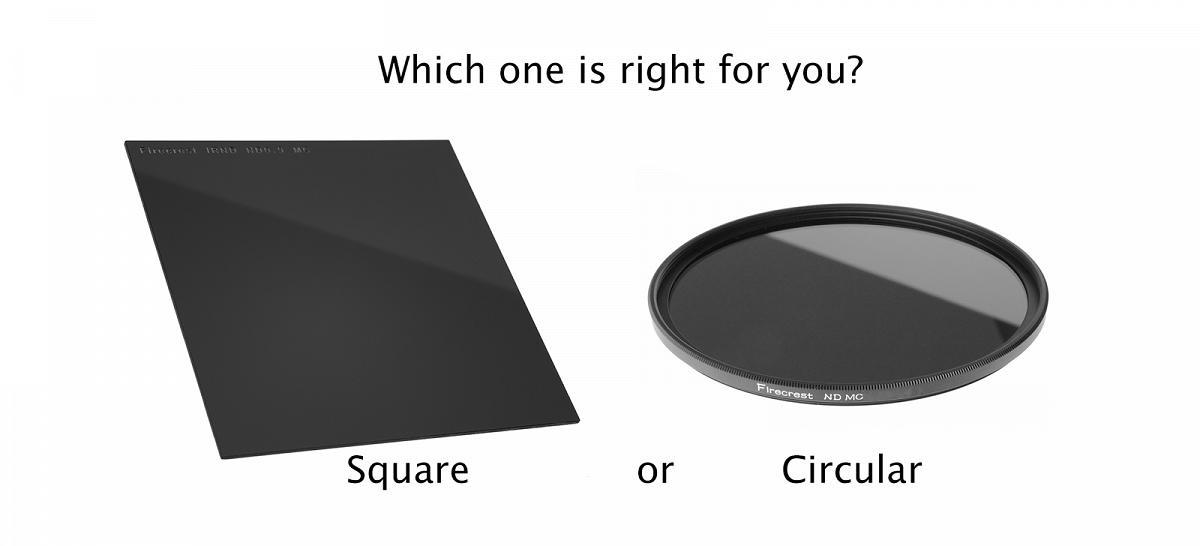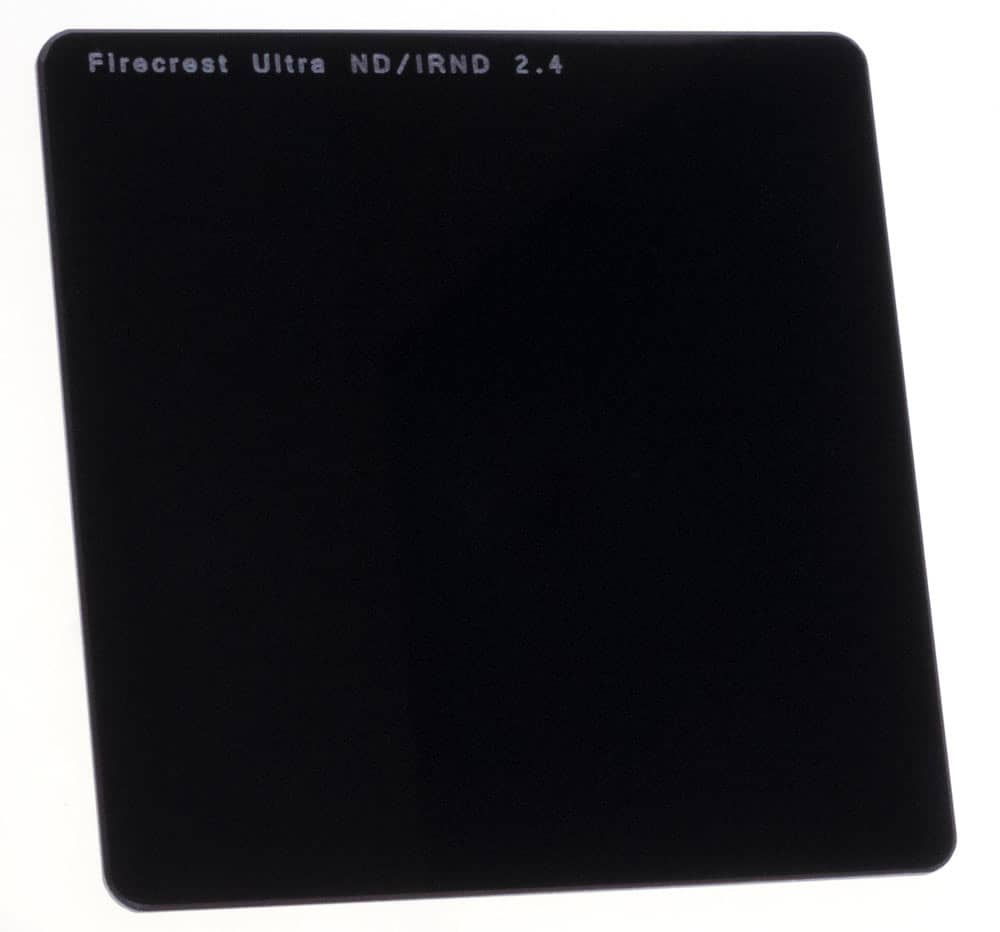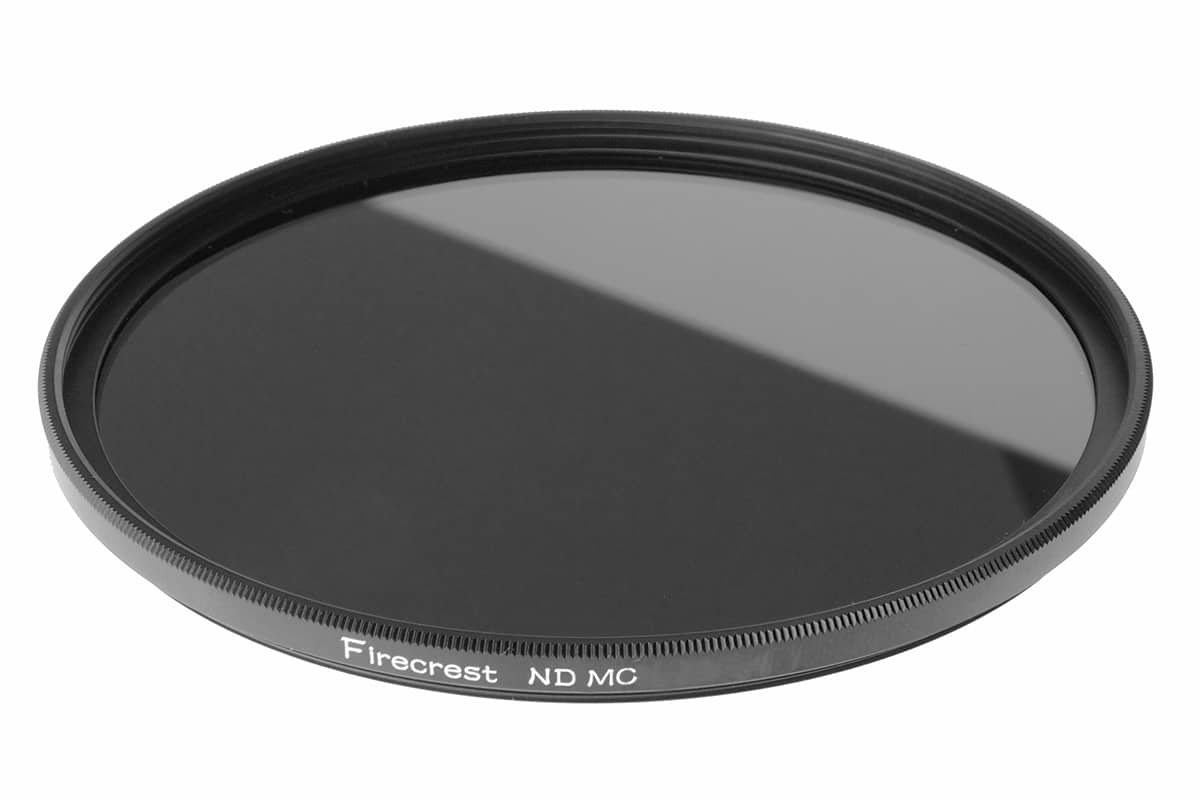Circular vs square ND filters

Square vs Circular ND filters and which one is right for you?
So if you are new to photography ND filters then please stay and read this for 5 minutes as I explain exactly what the differences are between Circular and Square filters. This has to be one of the most common filter question I am asked on my workshops and the answer isn’t as obvious as it seems. Think of ND filters as sunglasses for your camera. They just block the light so the camera is forced to take longer photography and there you have your Long Exposure photograph. I have a very interesting blog below on the technicalities of Long Exposure Photography.
If you are interested in ND filters I have two great articles you might also be interested in… A Complete guide to Long exposure photography, A comprehensive guide to Seascape photography. They are both in my Photography tips and tricks section.
So let’s just establish what exactly Square or Circular filters are first.
A square filter is a glass filter that slides into a filter holder that is mounted to your lens via adapter rings that thread directly onto your lens. A circular on screw in nd filter is a round glass filter that simply screws directly onto the lens threads. So lets break it down exactly what the advantages of each are.

Advantages of Square Filters
- The ability to use graduated filters, you can easily slide them into the correct position and rotate them to the correct angle as the filter holder spins freely on your lens.
- When using a very strong ND filter (10 stop ND) it’s so easy and fast to take the filter holder off to recompose the shot. Let’s say you are at the beach taking some sunset shots and the light is now perfect and you want to rush around and capture numerous different compositions in the right light, then you need to act fast. You can just use one hand to pop off the Firecrest 100mm filter holder and recompose your shot and then click it back into place and take that shot. You are then free to move onto the next composition and repeat the process. With the stronger ND filters often times your camera can’t focus through it and you also cant see through it so you need to be able to take it off.
- Cheaper, if you have a good few lenses or are thinking of changing lenses down the line as you just need to buy the new adapter ring sizes then.
- The ability to stack ND filters, so let’s say you have a 4 stop and a 6 stop ND filter you can combine them to make a 10 stop ND filter.
- In-built Polarising filter in the holder. Having an in-built polarising filter is very handy. Using a polarising filter with Circular screw in ND filters is very difficult.
- Vignetting is usually less of a problem on the square filter holders as the surface area is a lot larger so you are unlikely to catch any part of the holder or adapter rings.
Disadvantages of Square filters
- More expensive.
- Bulkier more space in a photography bag due to the size of filters and the holder.
- Heavier because of the adapters and holder.
- Easier to break.
Advantages of Circular Filters
- Cheaper, they are a lot cheaper to buy first day.
- Lighter, if you are travelling they are a lot lighter as there is no filter holder.
- More compact, again the same as above fewer parts to carry and far more compact.
- No light leak, thinking of a 16 stop filter and above here.
- They are better built to survive a fall, there is a metal ring all around the filter so they will withstand far more abuse.
- Easier to set-up, just screw it on and you are ready to go.

Disadvantages of Circular filters
- You can’t use proper Graduated filters on them.
- If you have a lot of lenses you need to buy them in different sizes or alternatively buy the one for your largest lens thread and use adapters for all the others. Which makes it bulkier and less compact.
- You can’t really use a polarising filter with them. The polarising filter would need to be fitted first and rotated for the desired effect, when you would be screwing in the ND filter it would probably turn the polarising filter then also. Yes you could tape it or mark it but that’s very messy for long term use.
- You can’t stack them, unless you go for the superslim circular Firecrest filters.
Which one would I go for?
Well both. I use the 100mm Formatt Hitech Firecrest filter holder and filters for my normal work and if I am travelling light I use the circular screw in ones.
I am a featured Artist and Brand Ambassador for Formatt Hitech products, which means I can offer you 10% off their entire range via discount code HAYES10. Simply enter the code at checkout to save money. For transparency I should add I get a slight commission from sales but this helps me write articles like this.
My default filter kit is the Elia Locardi 100mm filter kit, I have a review of it here.
If I were starting out again which one would I start with?
Well that’s easy it’s always going to be the square 100mm filters for me. The vast majority of the time that’s what I use. If I had to choose one it would be the Square filters and no doubt about that.
Square filters are ideal for most people and what I recommend clients start with.
If you want a system that can work on a multitude of lenses, is fast to take on and off so you can compose photographs easily and you would like to use Graduated filters and be able to slide them into the right position and rotate the filter then they are light years ahead of circular filters. The clincher for me is the ability to use a polarising filter too. All of these advantages give you results that would be a bit time consuming to achieve in post processing if not impossible to replicate.
Circular filters are great if your hiking and trying to keep weight down a bit or doing a lot of travelling. They come into their own then, pop them into a small filter pouch and off you go.
They also work really well if you do a lot of overcast long exposures as you don’t need a graduated filter or polarising filter then.
So in short it depends on your style of work and what you want to achieve.
Have a look at my photography tips and tricks section in the menu where I cover everything from…
ND Filters explained and how to choose the right ones,
All my photography tips…from filters to tripods,
Seascape Photography explained,
How to backup your photographs,
If you have any questions then please feel free to contact me here.
See you out there,
Kieran.